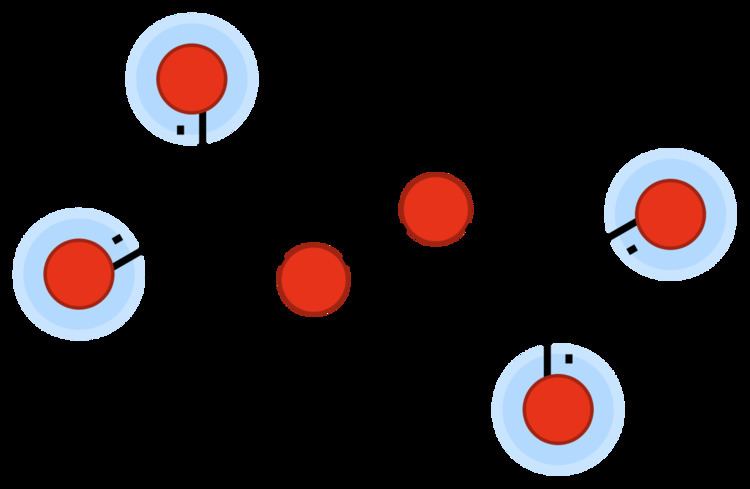 | ||
In chemistry, peroxydicarbonate (sometimes peroxodicarbonate) is a divalent anion with formula C
2O2−
6. It is one of the oxocarbon anions, which consist solely of carbon and oxygen. Its molecular structure can be viewed as two carbonate anions joined so as to form a peroxide bridge –O–O–.
The anion is formed, together with peroxocarbonate CO2−
4, at the negative electrode during electrolysis of molten lithium carbonate. The anion can also be obtained by electrolysis of a saturated solution of rubidium carbonate in water.
Potassium peroxydicarbonate K2C2O6 was obtained by Constam and von Hansen in 1895; its crystal structure was determined only in 2002. It too can be obtained by electrolysis of a saturated potassium carbonate solution at −20 °C. It is a light blue crystalline solid that decomposes at 141 °C, releasing oxygen and carbon dioxide, and decomposes slowly at lower temperatures.
Rubidium peroxodicarbonate is a light blue crystalline solid that decomposes at 424 K. Its structure was published in 2003. In both salts, each of the two carbonate units is planar. In the rubidium salt the whole molecule is planar, whereas in the potassium salt the two units lie on different and nearly perpendicular planes, both of which contain the O–O bond.
